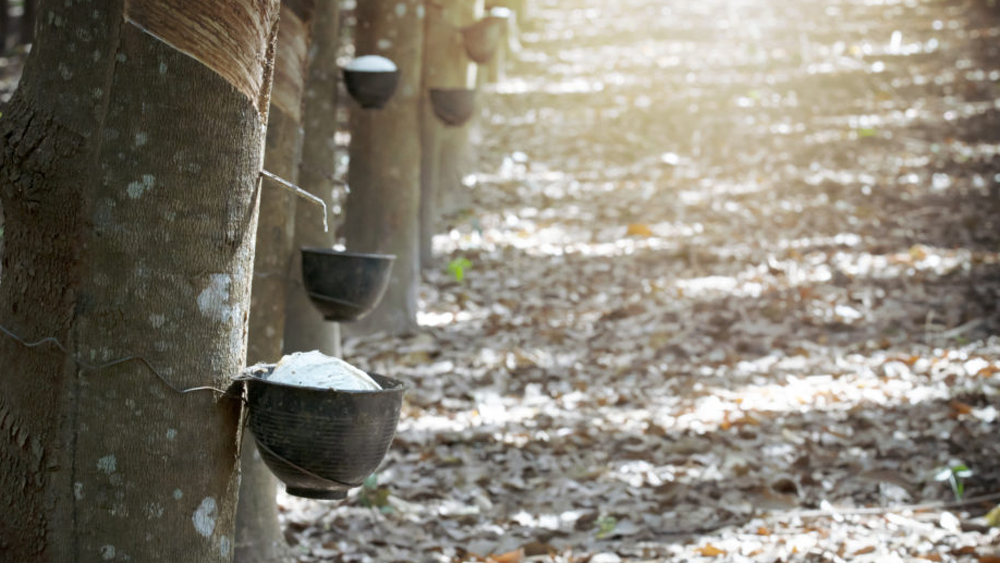EU lists natural rubber as a critical raw material, reconfirming its economic importance and the need for supply diversification
Brussels, 14 September 2020 – ETRMA welcomes the publication of the European Union’s 2020 Communication on Critical Raw Materials, which was published on 3 September and includes natural rubber in the list of critical raw materials. Natural rubber – the only biotic material to be included – was first listed in 2017.
Natural rubber is an incredibly important raw material for the European tyre and rubber industry and a key enabler for several industries – especially automotive. The tyre industry alone absorbs about 76% of all the natural rubber produced globally. Today, there is no substitute for natural rubber from hevea trees that could be used in all current applications.
The critical raw materials list reconfirms natural rubber’s priority status in EU policy and the importance of securing fair and sustainable supply of natural rubber for European industry. It also provides further support for ongoing industry research into alternative sources of natural rubber.
As highlighted in the EU’s foresight report, part of the Communication on Critical Raw Materials, the EU neither produces nor processes natural rubber. This means that the EU is entirely dependent on imports, mainly from South East Asia. The biotic nature and unique characteristics of natural rubber mean that it is difficult to substitute through alternative sources or secondary raw materials, creating many uncertainties for producers and end users.
Under the framework of the European Innovation Partnership on Raw Materials in 2008, ETRMA committed to diversifying natural rubber supply: to reduce dependency on South East Asia and to grow research into alternative sources. Today, more than 20% of natural rubber used in the EU is sourced from Africa and industry is researching how natural rubber sourcing from dandelion and guayule – plants that grow in Europe – can be scaled to supply both tyre and non-tyre rubber industries. But, despite this progress, the sustainable sourcing of natural rubber remains a challenge.
“The recognition of natural rubber as a critical raw material for the second time is of great importance for our industry. It confirms the European Commission’s ambition to support industry efforts to diversify supply, both by stimulating production beyond traditional producing countries and by increasing the scalability of the production of natural rubber from alternative plant sources of latex that could be grown in Europe,” said Fazilet Cinaralp, Secretary-General of ETRMA.
ETRMA hopes that the European Commission will continue to support public and private projects aimed at relieving the rubber value chain’s import-dependency and carry on down the path towards diversification.
